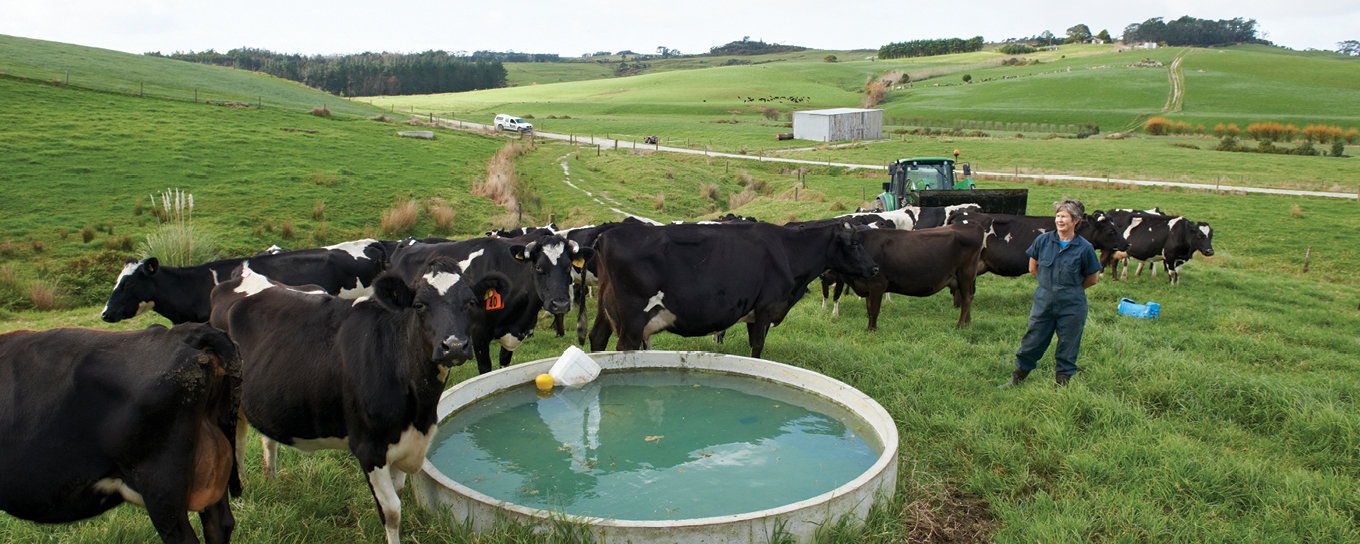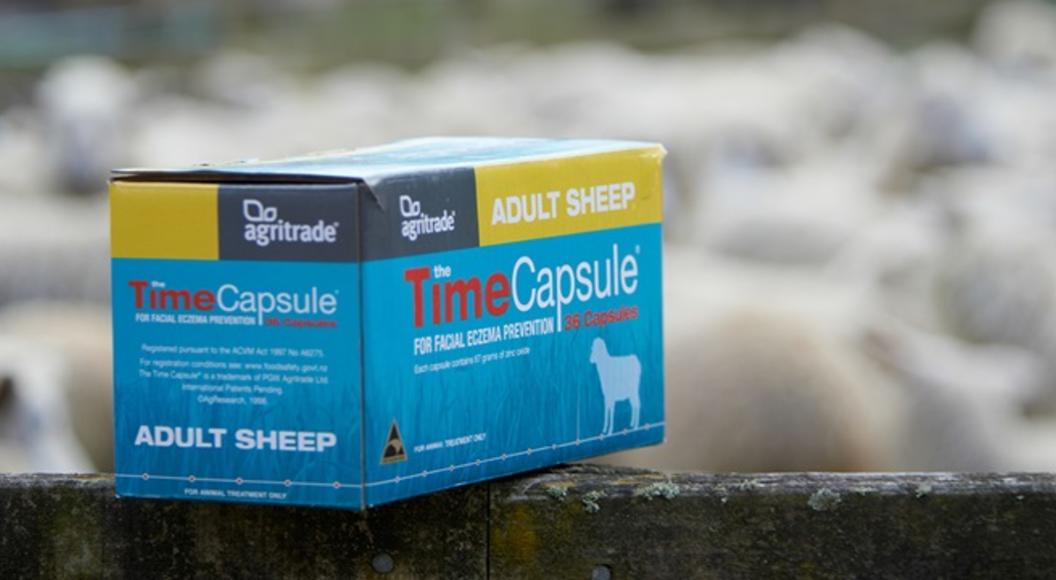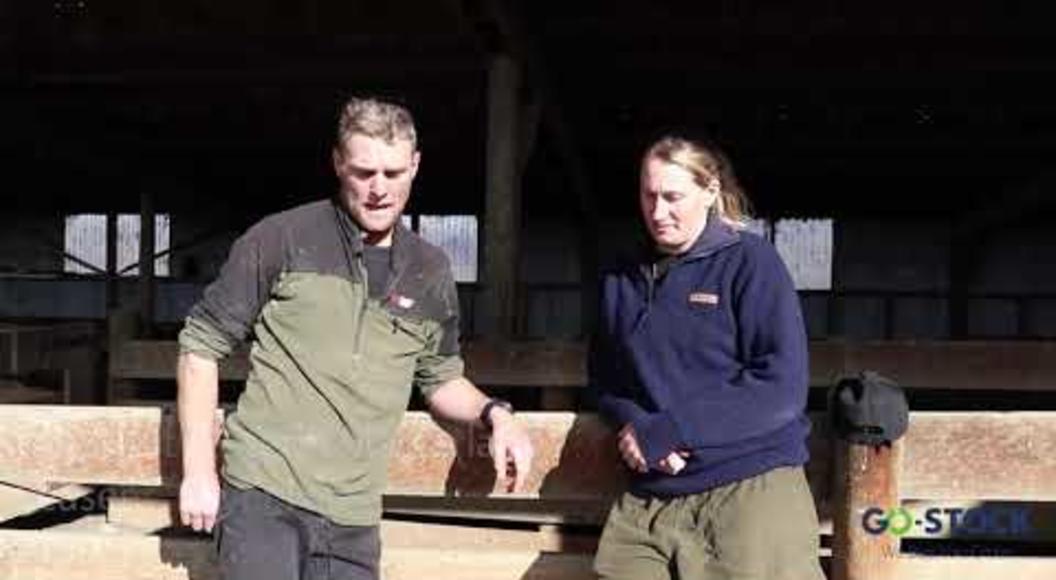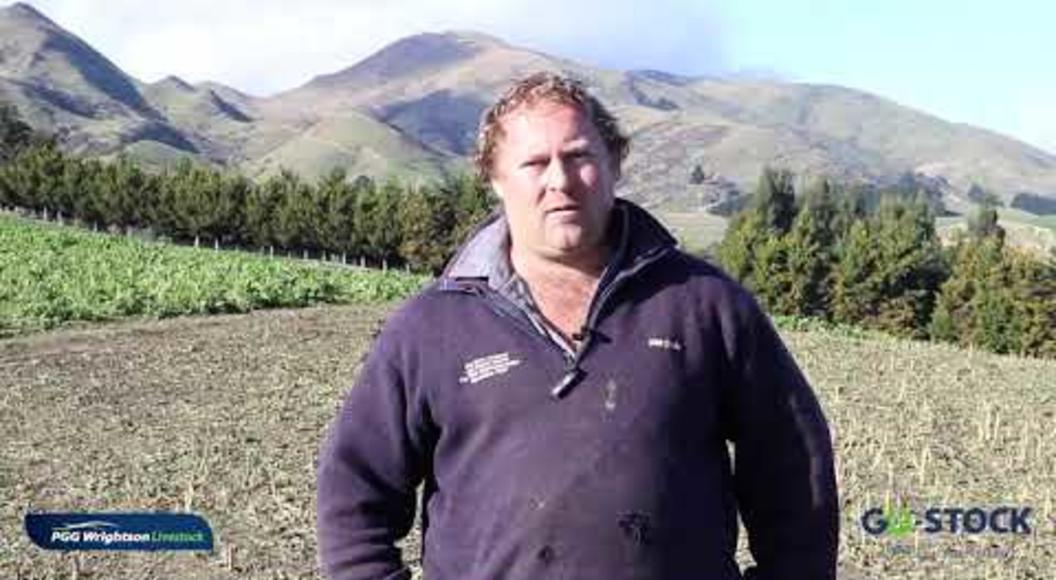
Water – the forgotten nutrient
Water is a crucial nutrient. It makes up approximately 87 to 88 percent of milk on a volume basis. But how often do we pay care to the quality and quantity of water available to livestock?
Water helps animals cool body temperature through saliva, sweat and breathing. Without the cooling effects of water, animal performance is the first to suffer. This can be in terms of either liveweight gain or milk production. As the majority of milk is made of water, then shortages in water lead to severe drops in production.
When cows are exposed to temperatures greater than 24 degrees Celsius, high humidity and high Neutral Detergent Fibre (NDF) forages, their water consumption may increase by greater than 40 percent. Up to 60 percent of a cow’s core body temperature is generated by the rumen each day. The more fibrous the feed, the more heat generated. Summer forages typically have a higher dry matter percentage than that of other seasons, further compounding the matter. The absence of shade increases water requirements by 17 percent.
Water should be clean and palatable, with no odour or taste. It should also be free from toxic compounds and bacteria or algae growth. A great rule is the taste test. If you wouldn’t expect to drink water out of the trough, why should you expect your cow to? Even thirsty cows can refuse to drink from water that is bitter or unpalatable. If in doubt of water quality, send a sample to Hills Laboratories who are able to test this for you. Summer is a good time to empty and clean water troughs, and check out fittings and connecting pipework for damage or wear. The water should be clean, clear and free from algae growth. Cows drink more water from a clean trough.
Dairy cows need 70 L of water per day over a five hour period. That is 14 L of water per hour in terms of flow rate. Check flow rates at water troughs around the farm to make sure the water system is able to keep up. Troughs underneath fences allow access to only one third of the trough circumference on either side of the fence. Boss cows can bully heifers away from water more easily in this scenario.
Trough capacity needs to be half the hourly demand. Larger herds (for example greater than 400 cows) may need two troughs in each paddock. Allow access to water troughs along the races to and from the dairy shed. This aids in keeping cows hydrated and comfortable. If trough access or capacity is insufficient, consider investing in more water troughs or the flow capacity of your water system. Your cows are going to thank you for it.
An example:
Water flow per hour required: 200 cows x 14 Litres water per hour = 2,800 Litres per hour
Water flow per minute required: 2,800 Litres / 60 minutes = 47 Litres per minute
Trough capacity: 2,800 Litres x 50 percent = 1,400 Litres capacity.
For more information on water requirements and trough capacity for your livestock, contact your local PGG Wrightson Technical Field Representative or visit your local store.


